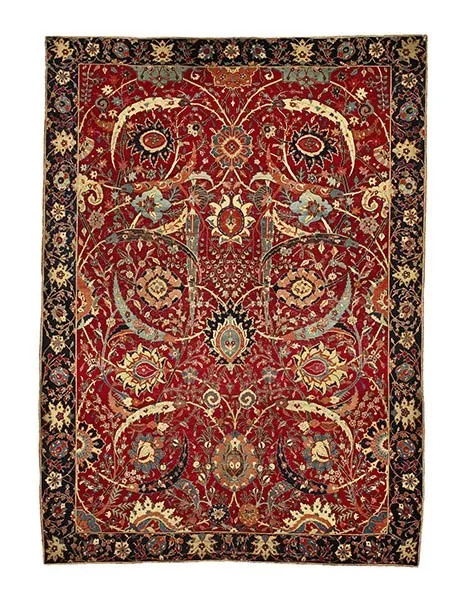The Arts & Crafts Movement: Where Beauty And Craftsmanship Collide

James Broad
Aug 17, 2024 | 4 min read
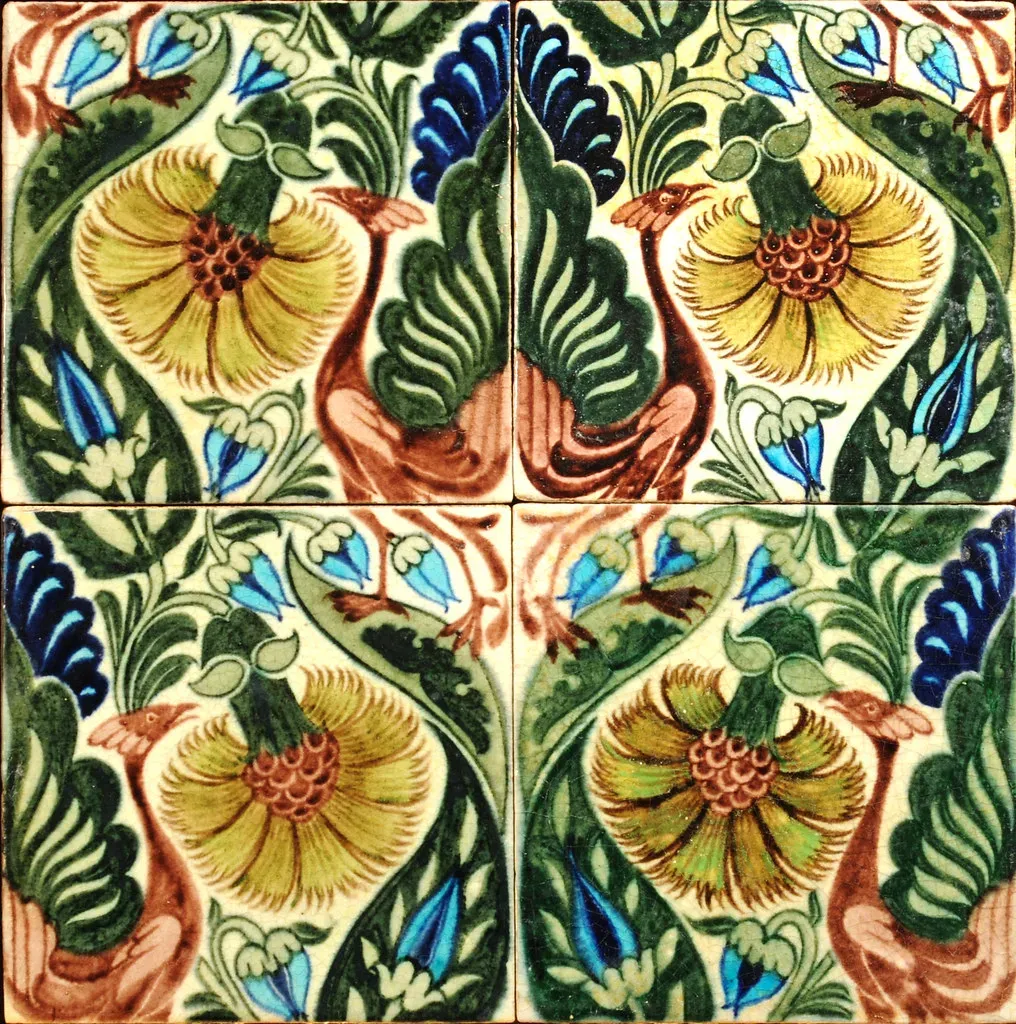
Today, we’re diving into the fascinating world of the Arts and Crafts Movement. It’s the late 19th/early 20th century, and the industrial revolution is in full swing. But amidst the clanging machinery and mass-produced goods, a group of rebellious artists and thinkers emerge, determined to bring back the beauty and integrity of handmade objects. Led by visionaries like William Morris and William de Morgan, the Arts and Crafts Movement revolutionised the art and design scene.
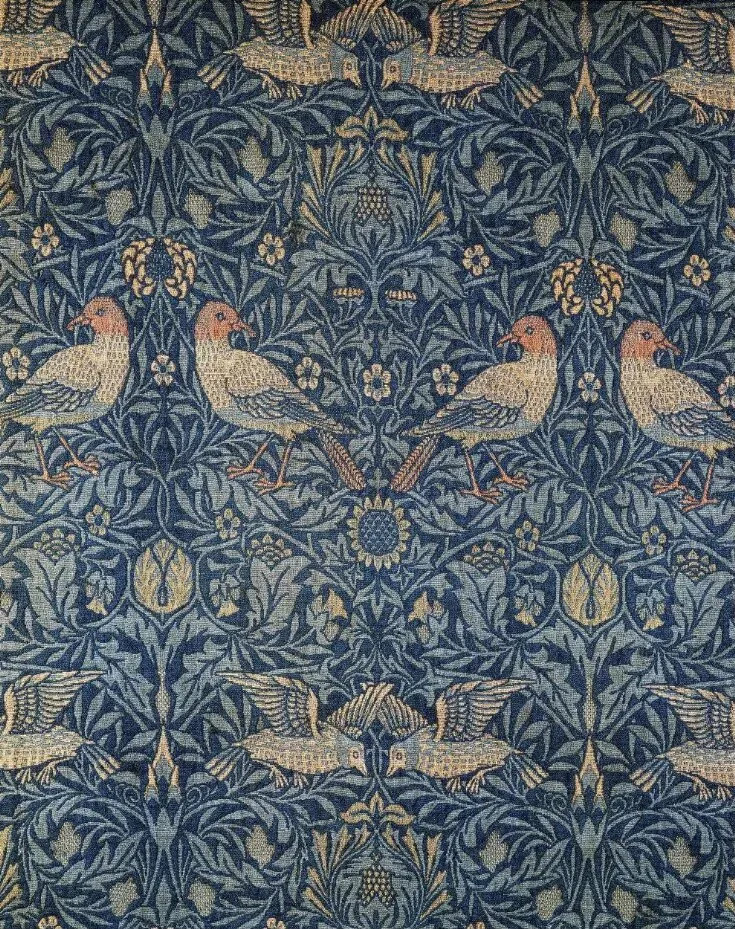
Origins of the Arts and Crafts Movement:
Enter the Arts and Crafts Movement, a group of artists and thinkers who were fed up with the soulless, mass-produced goods flooding the market. They wanted to bring back the good ol’ days of craftsmanship and quality. These rebels were heavily influenced by the writings of John Ruskin, who believed that art and morality were deeply intertwined. They saw craftsmanship as a way to reconnect with our humanity and create objects that were not only beautiful but also well-made and functional.
Meet the Designers:
Now, let’s talk about two of the key players in this movement who just so happen to be my personal favourites. First up, we have the incredible William Morris. He was a true Renaissance man. He was not only an artist, writer, poet, and textile designer — he was also a revolutionary socialist & activist. Morris believed that art should be accessible to everyone, not just the elite. He founded the Morris, Marshall, Faulkner & Co. firm, which produced exquisite wallpapers, textiles, and furniture. His designs were inspired by nature, featuring intricate patterns and vibrant colors. Morris was all about bringing beauty into everyday life, and his work continues to inspire us to this day.
Next on our list is William de Morgan, a ceramic artist extraordinaire. De Morgan’s designs were heavily influenced by Middle Eastern and Persian art, with a touch of whimsy thrown in. His tiles and pottery featured intricate patterns, mythical creatures, and vibrant colors. De Morgan’s work was highly sought after, and he collaborated with other Arts and Crafts luminaries like Morris and architect Philip Webb. His pieces are like little works of art that you can hold in your hands.
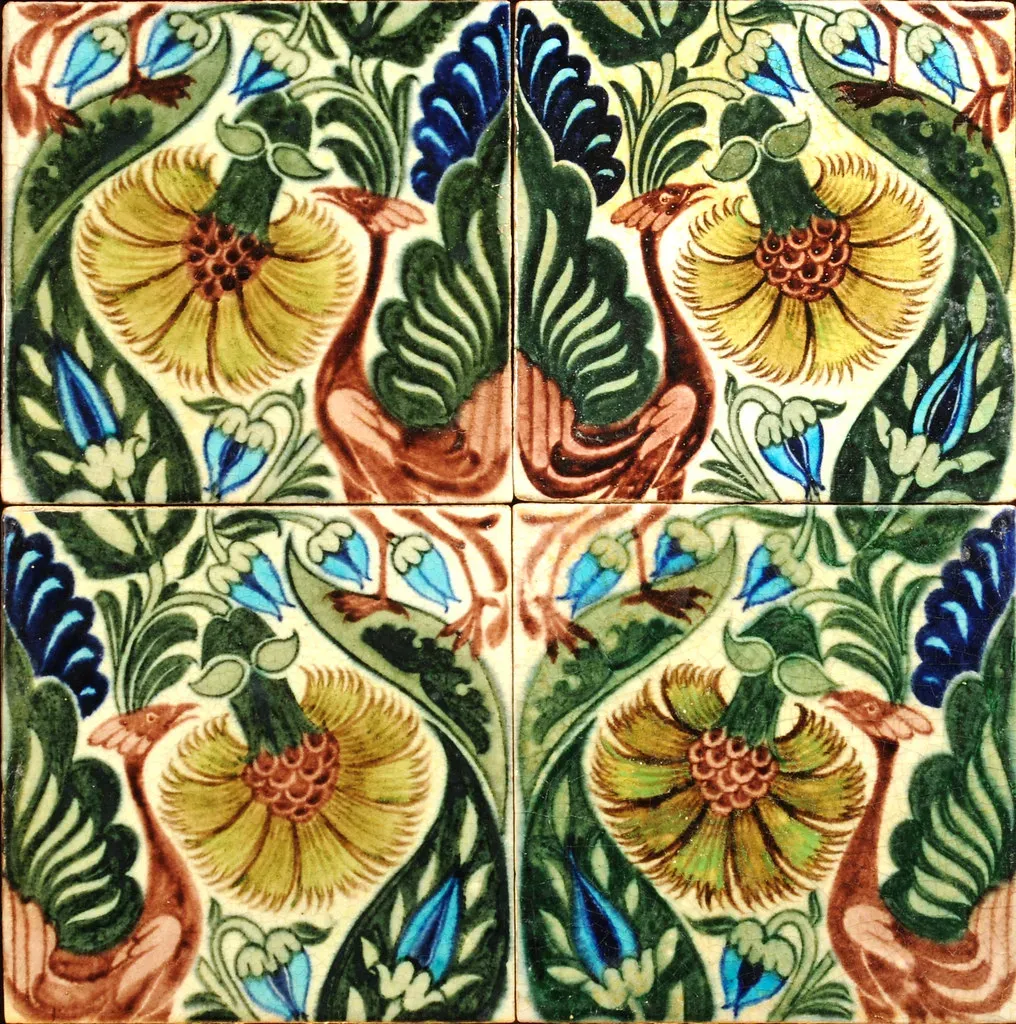
Impact on Design and Architecture:
The Arts and Crafts Movement didn’t just stop at pretty designs; it also had a massive impact on the world of design and architecture. Imagine a world where furniture, textiles, ceramics, and metalwork were all considered works of art. Well, that’s exactly what these rebels aimed for. They wanted to create a total work of art, where every element of the environment was carefully designed and crafted. Designers like Charles Rennie Mackintosh and Gustav Stickley embraced this philosophy, creating furniture that was not only beautiful but also functional.
In architecture, the movement called for a return to traditional building methods and a rejection of the ornate and artificial styles of the Victorian era. Architects like Philip Webb and Edwin Lutyens championed simplicity, honesty, and craftsmanship in their designs. They believed in using local materials and integrating buildings with their natural surroundings. Their creations were a breath of fresh air in a world dominated by cookie-cutter buildings.
Social Impact and Legacy:
The Arts and Crafts Movement wasn’t just about pretty things; it also had a profound social impact. These rebels wanted to improve the lives of workers by providing them with meaningful employment and a sense of pride in their craft. They established workshops and guilds where craftsmen could learn and practice their skills, fostering a sense of community and camaraderie. The movement also influenced the field of design education, with schools and institutions popping up to teach the principles of craftsmanship and the value of handmade objects.
Fast forward to today, and the legacy of the Arts and Crafts Movement is still alive and kicking. Its emphasis on quality, craftsmanship, and the integration of art into everyday life continues to inspire artists, designers, and artisans worldwide. The movement’s ideals of sustainability, simplicity, and the celebration of the handmade resonate in our current age of mass production and disposable consumer culture. It reminds us that there’s something truly special about objects made with love and care.
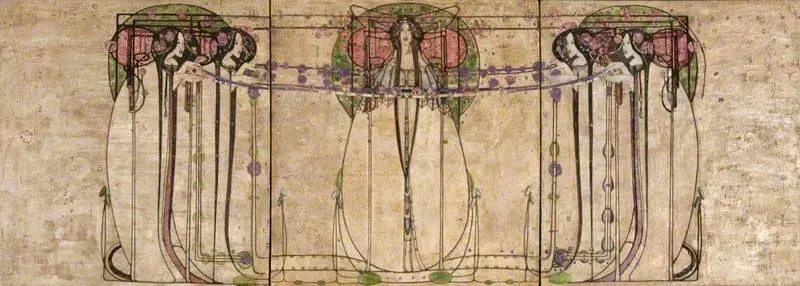
Conclusion:
We’ve reached the end of our brief journey through the Arts and Crafts Movement. We’ve explored the origins, met some incredible designers like William Morris and William de Morgan, and marveled at the movement’s impact on design and architecture. The Arts and Crafts Movement was a rebellion against soulless mass production, a celebration of beauty, craftsmanship, and the integration of art into everyday life. So, let’s raise a glass to these rebels who dared to bring back the human touch in a mechanized world. Cheers to the Arts and Crafts Movement!
I will be releasing more blogs about paticular artists & designers and time periods within the 20th century, so if you enjoyed this short blog, please give me a follow for some more interesting articles!
